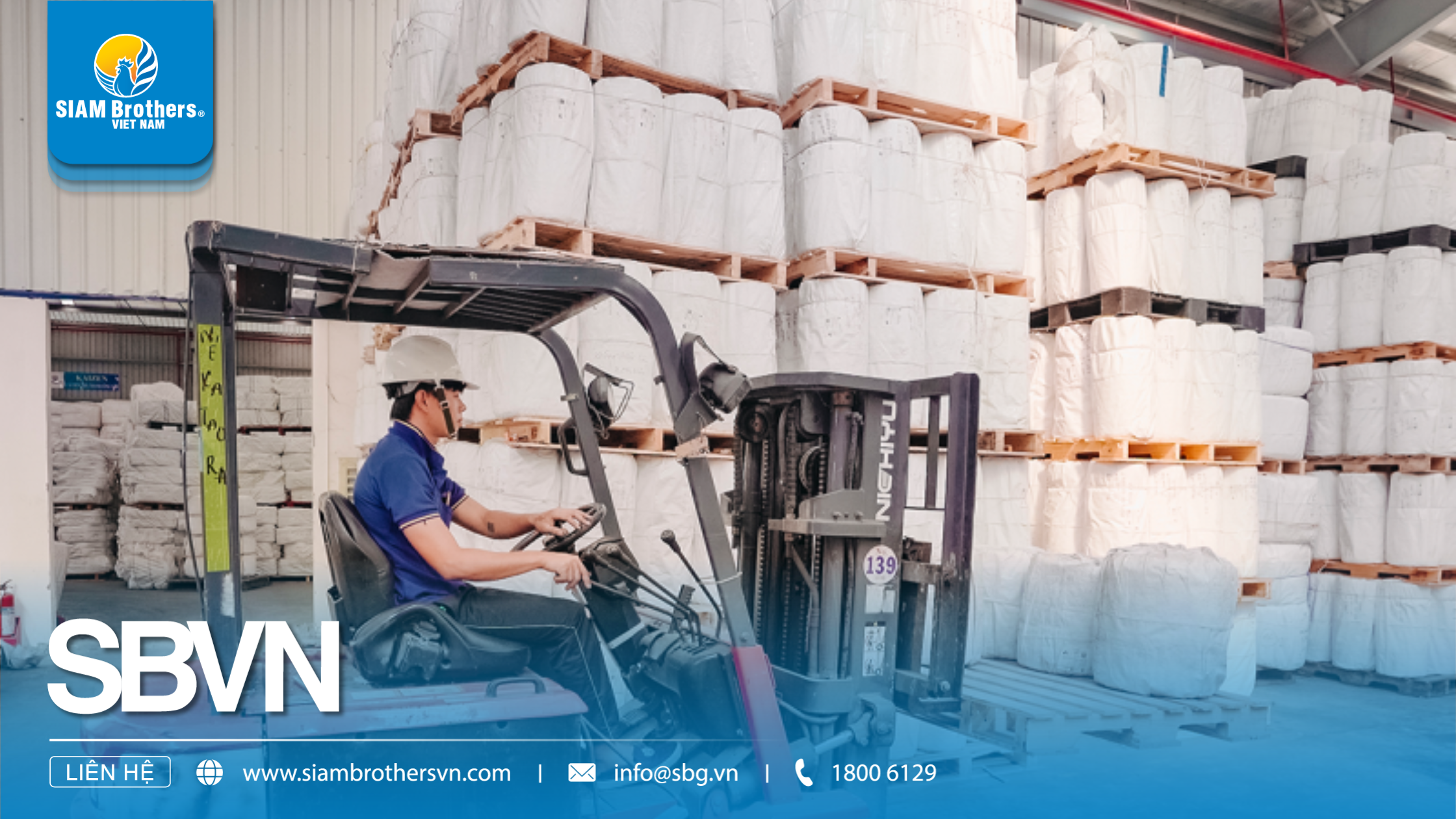Have you ever wondered what twine is and why it is widely used in fisheries, agriculture, packaging, and many other industries? With its high durability, flexibility, and excellent tensile strength, twine has become an essential material in both production and everyday life. In this article, SIAM Brothers Vietnam will explore the structure, key features, and practical applications of twine, helping you choose the best product for your fishing and agricultural needs!
1. What Is Twine?
Twine is a type of rope made from materials such as Polypropylene (PP), Polyethylene (PE), or Nylon, offering high flexibility, excellent tensile strength, and long-lasting durability. Thanks to its water resistance, UV resistance, and superior tensile properties, twine is an ideal solution for various industries, especially fisheries, agriculture, and packaging.
How Twine Differs from Other Types of Rope
Unlike traditional ropes that may rot when exposed to water or fabric-based cords that tear easily, twine stands out due to:
- High durability: Resistant to stretching and breaking under tension
- Weather resistance: Does not degrade when exposed to moisture, saltwater, or UV rays
- Adaptability: Suitable for harsh environments such as marine settings or extreme outdoor conditions
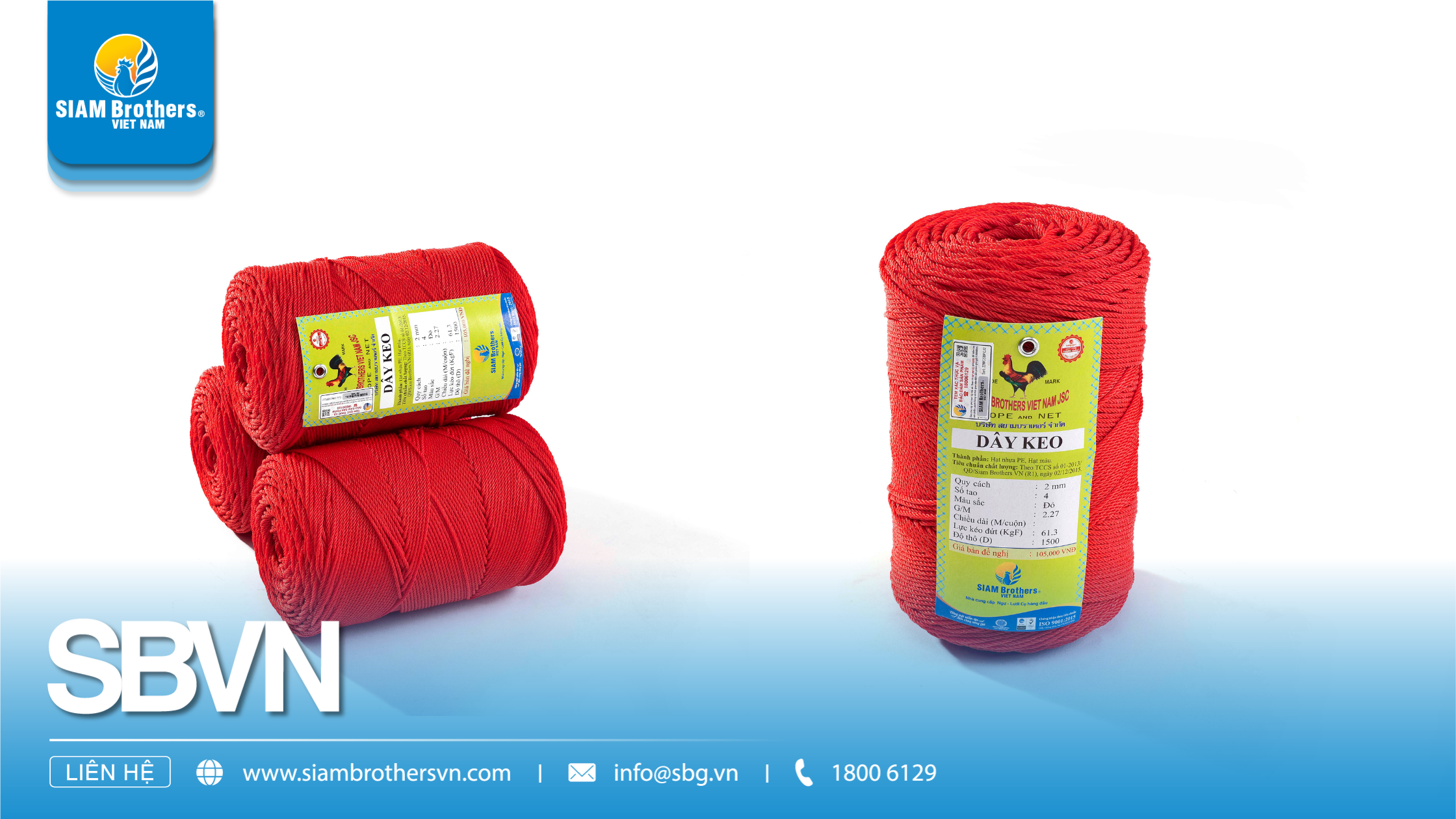
Related Products:
2. Structure and Features of Twine
2.1. Twine Composition
Twine is manufactured using high-quality synthetic materials, ensuring superior durability and versatility. Depending on the type, its composition may vary:
- Polypropylene (PP): Lightweight, high tensile strength, water-resistant, suitable for outdoor environments.
- Polyethylene (PE): More flexible, scratch-resistant, and stronger than PP.
- Nylon: Extremely durable, high tensile strength, abrasion-resistant, and heat-resistant compared to PP and PE.
Manufacturing Process of Twine
- Melting the raw plastic → Extruding into fibers
- Stretching the fibers → Cooling to enhance strength
- Twisting or braiding the twine → Reinforcing durability
- Final processing → Cutting to standard lengths and packaging
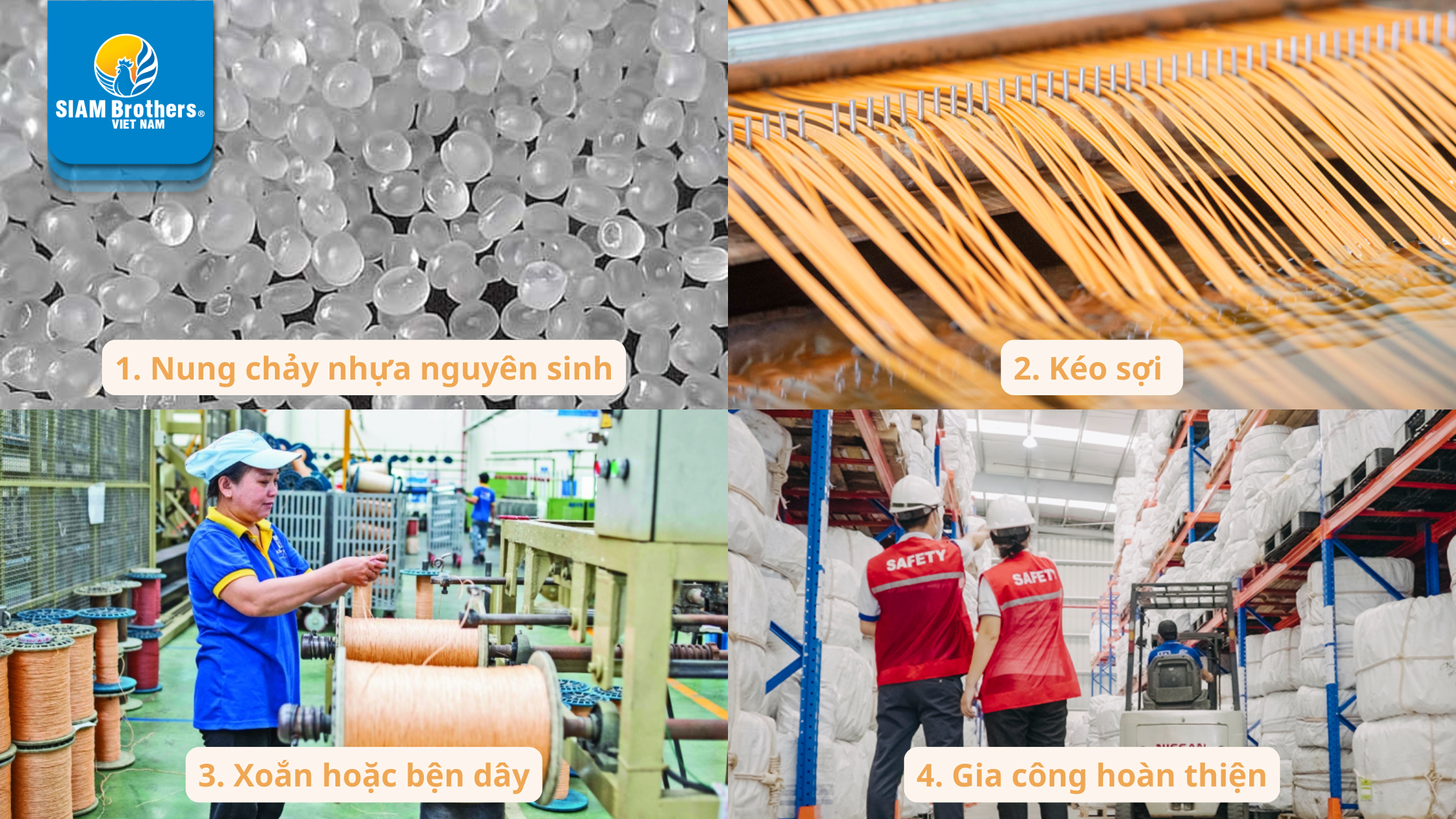
2.2. Key Features of Twine
High Durability & Strength
- Excellent load-bearing capacity, resistant to breaking under tension
- Minimal elongation, maintaining shape during use
Water & Weather Resistance
- Waterproof and resistant to rot in high-humidity environments
- UV-resistant, making it ideal for outdoor and marine applications
Flexibility & Ease of Use
- Soft and easy to handle while maintaining high strength
- Simple to tie and secure without slipping
Chemical & Abrasion Resistance
- Unaffected by saltwater and industrial chemicals
- Long-lasting performance in demanding industries like fisheries and agriculture
Variety of Sizes & Colors
- Available in different diameters to meet various usage needs
- Wide range of colors for product differentiation and easy identification
Read more: Cock Rope: Things You Should Know About Top 1 Rope in Vietnam
3. Popular Types of Twine on the Market
3.1. Polypropylene (PP) Twine
Characteristics:
- Made from virgin or recycled polypropylene (PP) material
- Flexible, high tensile strength, but with limited elasticity
- Lightweight, cost-effective, and easy to use
Applications:
- Packaging and logistics: Securing goods during transportation
- Agriculture: Tying plants, supporting climbing structures
- Fisheries: Fixing fishing nets and ropes
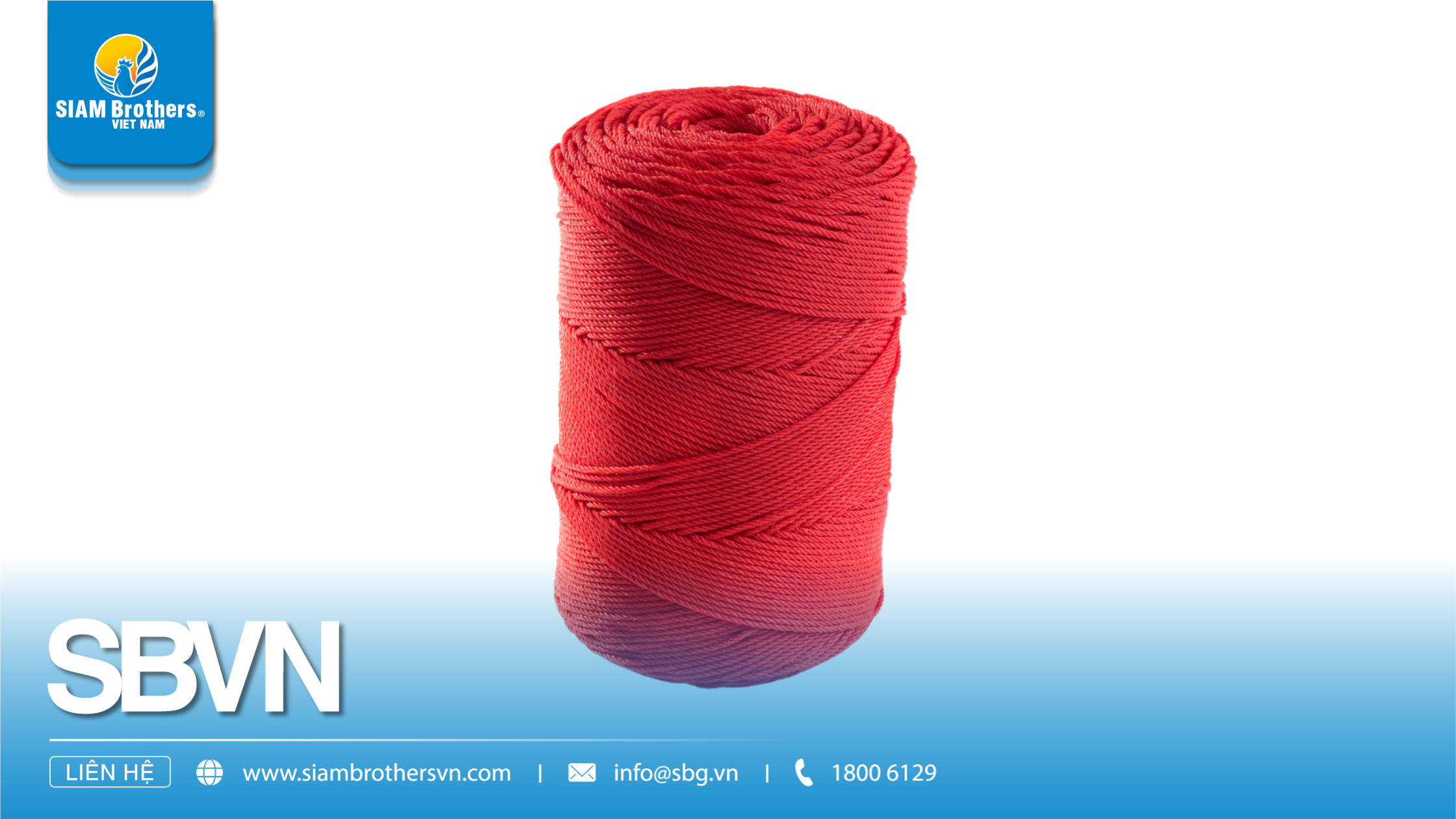
3.2. Polyethylene (PE) Twine
Characteristics:
- Made from durable polyethylene (PE) material, more flexible than PP
- Higher tensile strength, water-resistant, and abrasion-resistant
- Less affected by UV rays and harsh environments
Applications:
- Fisheries: Widely used for tying fishing nets
- Heavy-duty packaging: Securing and bundling heavy goods
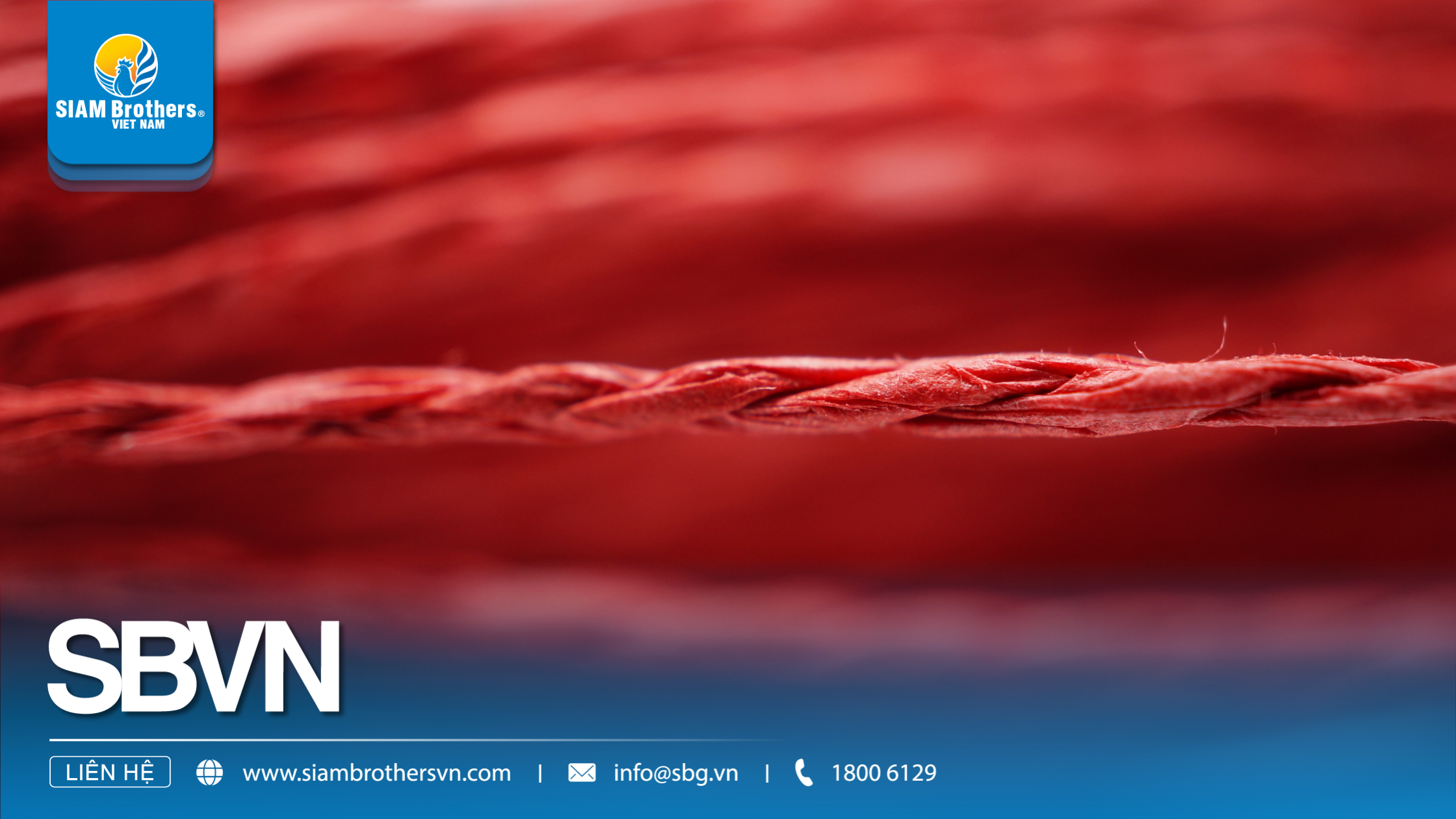
3.3. Nylon (PA - Polyamide) Twine
Characteristics:
- The most durable type of twine
- Resistant to chemicals, seawater, and oil
- Long lifespan, preventing rotting and degradation
Applications:
- Industrial use: Securing heavy loads and pulling equipment
- Fisheries: Used in specialized fishing nets
- Agriculture: Supporting plant trellises and climbing vines

4. Applications of Twine in Daily Life and Industry
4.1. Everyday Uses of Twine
Thanks to its versatility, twine is commonly found in daily activities:
- Packaging and securing goods: Keeps items stable and safe during transport
- Household applications: Fastening objects and organizing household items
- Sports and outdoor activities: Used in goal nets, camping gear, and climbing ropes
- DIY and crafts: Perfect for handmade projects, home decor, and creative designs
4.2. Industrial and Manufacturing Applications of Twine
Twine is not only essential for daily use but also plays a crucial role in various industries:
Fisheries:
- Tying fishing nets, anchoring boats, and securing equipment on board
- Highly resistant to saltwater and UV rays, ensuring long-lasting durability
Agriculture:
- Supporting plant trellises, securing crops for stable growth
- Bundling straw and farm materials, improving productivity
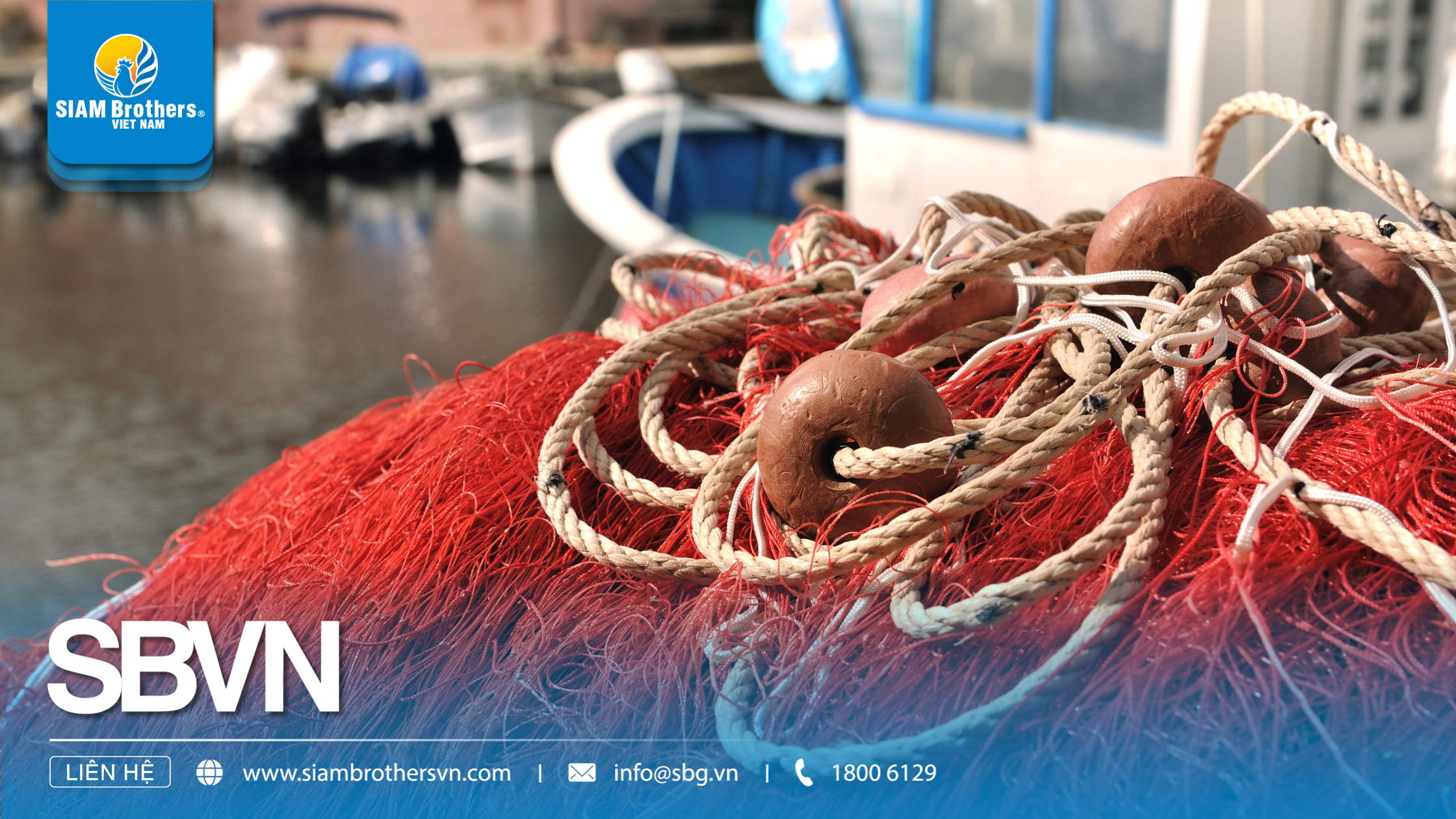
Read More: Natural vs. Synthetic Rope – Which One Should You Choose?
Twine is more than just a simple material—it is a vital solution across multiple industries, offering durability, strength, and adaptability. Discover more at SIAM Brothers Vietnam!
5. Where to Buy High-Quality Twine? How Much Does It Cost?
5.1. Where to Buy Reliable Twine?
Direct Purchase from Manufacturers and Major Distributors
- Professional manufacturers like SIAM Brothers Vietnam provide high-quality twine at competitive prices.
- Guaranteed origin, strict production standards, and reliable warranty policies.
Construction, Agriculture, and Fisheries Supply Stores
- Specialized stores offer various sizes and materials to choose from.
- Ideal for small-scale or retail purchases.
Authorized Distributors
- Wholesale twine supply for businesses in bulk quantities.
- Always verify the product's origin and quality before purchasing.
5.2. How Much Does Twine Cost?
Twine prices vary depending on material, thickness, size, and supplier.
| Type of Twine |
Price Range (VND/kg) |
Key Features |
| Polypropylene (PP) Twine |
10,000 - 30,000 |
Affordable, medium durability, suitable for light packaging. |
| Polyethylene (PE) Twine |
20,000 - 50,000 |
Flexible, water-resistant, ideal for agriculture and packaging. |
| Nylon (Polyamide) Twine |
50,000 - 100,000 |
Ultra-durable, high tensile strength, best for industrial and fisheries applications. |
| High-Strength Composite Twine |
80,000 - 150,000 |
Heavy-duty, tear-resistant, used in construction and transportation. |
Note: Prices may vary depending on market conditions and individual suppliers. For detailed quotations, contact distributors directly or check e-commerce platforms.
Twine is not just a simple binding material—it plays a crucial role in daily life and industrial applications. With diverse materials, durability, and flexible usage, twine is the optimal solution for fisheries, agriculture, logistics, and construction. We hope this article from SIAM Brothers Vietnam has provided valuable insights into twine—its definition, structure, features, and practical applications. If you have any questions, feel free to leave a comment or contact us for expert advice!






